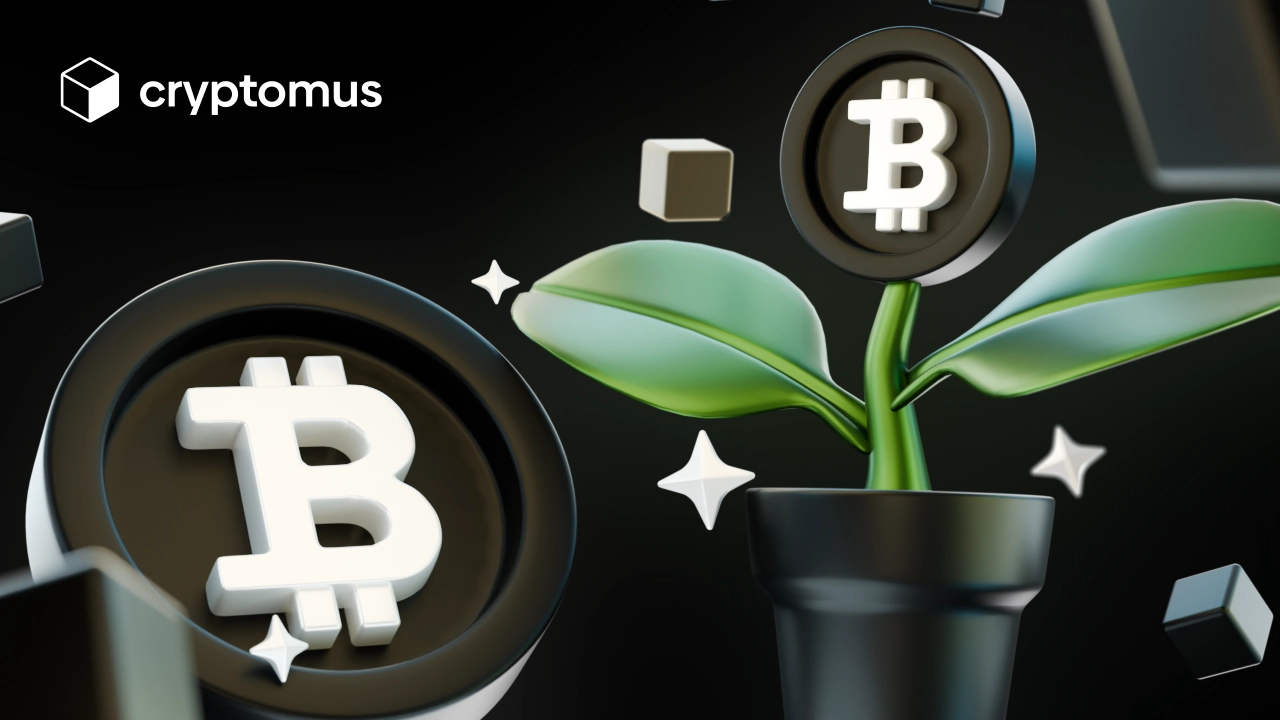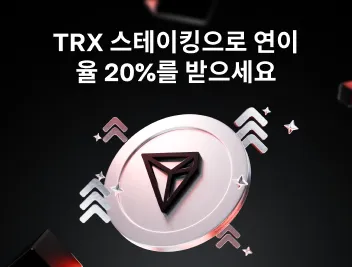
스테이킹 대 수익 농사: 차이점은 무엇인가
스테이킹은 수익 농사보다 오래되었지만, 2024년에 이 두 가지가 암호화폐 투자자가 수동 소득을 얻는 가장 인기 있는 방법이 되었습니다. 두 가지 모두 시장에서 활동하지 않고도 돈을 벌 수 있는 실행 가능한 방법입니다. 하지만 두 전략 모두 고유한 메커니즘, 보상 및 위험이 있어 다르게 작동합니다.
이 글에서는 수동 소득을 얻는 각 방법을 살펴보고 정보에 입각한 결정을 내리고 목표에 맞는 최상의 변형을 찾는 데 도움을 드리겠습니다.
스테이킹이란?
스테이킹은 보상을 받기 위해 암호화폐 지갑이나 플랫폼에 암호화폐를 저장하여 특정 블록체인의 운영을 지원하는 프로세스를 포함합니다. 스테이킹 프로세스는 지분 증명(PoS) 합의 알고리즘을 사용합니다.
사실, 암호화폐 소유자는 플랫폼에 일정 기간 동안 저장할 특정 코인을 제공합니다. 그러면 사용자는 추가 토큰의 형태로 보상을 받습니다. 보상은 일반적으로 스테이킹에 사용된 것과 동일한 암호화폐로 지급됩니다. 유동성이 높을수록 보상이 더 좋으므로 스테이킹은 수동 소득의 인기 있는 원천으로 남아 있으며 때로는 두 자릿수의 APY 비율을 보입니다.
스테이킹의 유동성 풀과 관련하여 다음과 같은 상황이 발생할 수 있습니다. 일반적으로 유동성 풀은 분산형 금융(DeFi) 네트워크의 스마트 계약에 잠긴 자금 집합입니다. DeFi 플랫폼의 유동성 풀은 참여자에게 수동 소득을 얻을 수 있는 기회를 제공했습니다. 개인은 자산을 여기에 기여함으로써 플랫폼에서 생성된 거래 수수료의 일부를 얻을 수 있습니다. 유동성 풀에 대한 자세한 내용은 여기에서 확인할 수 있습니다.
그러나 소규모 풀에서는 한 번의 큰 거래로 인해 가격이 급등하거나 폭락하여 공급자가 간헐적인 손실을 입을 수 있습니다. 사용자가 토큰 가격이 예치 시점과 달라졌을 때 자산을 인출하기로 결정하면 일시적인 손실이 영구적으로 발생합니다. 반면 스테이킹의 경우 유동성 풀의 전체 가치에 대한 조정이 없으며 스테이커는 통제되지 않는 가격 변동으로 인해 돈을 잃지 않습니다.
수익 농사란?
수익 농사는 분산 금융(DeFi) 부문의 프로토콜에 자산을 투자하여 최대한 많은 수익을 올리는 것을 목표로 하는 투자자의 움직임입니다. 사용자는 플랫폼 또는 프로토콜의 스마트 계약에 일정 금액의 암호 자산을 잠그고, 이를 통해 서비스의 올바른 운영에 필요한 유동성 수준을 보충합니다.
이러한 유동성을 제공하고 다른 사용자가 현재 시장 가격으로 DAI를 COMP로(또는 그 반대로) 교환할 수 있는 기능을 제공하기 위해 농부는 완료된 각 거래에서 수수료를 받습니다. 그가 만드는 유동성과 수요가 많은 쌍이 많을수록 풀에 제공하는 자본이 많을수록 수입이 높아집니다.
이런 식으로 사용자는 투자한 암호 자산의 금액에 대한 수동 소득을 얻는 동시에 유동성과 디지털 자금을 교환하고 이동할 수 있는 기술적 능력을 제공합니다.
스테이킹 대 수익 농사: 직접 비교
언뜻 보기에 이러한 개념은 매우 유사해 보입니다. 두 경우 모두 사용자가 코인을 잠그고 이자를 얻습니다. 그러나 두 가지가 같은 것이 아니라는 것이 분명해집니다. 스테이킹과 농사의 주요 차이점을 살펴보겠습니다.

난이도
스스로 스테이킹하는 것은 복잡하고 시간이 많이 걸리는 과정이지만, 이 경로를 선택하는 투자자는 거의 없습니다. 보상은 일반적으로 네트워크에 따라 며칠 또는 몇 주마다 주기적으로 지급됩니다. 수익 농사의 보상은 유동성 풀의 활동과 특정 프로토콜의 조건에 따라 더 동적으로 지급되고 때로는 매시간 지급됩니다.
반면, 스테이킹 방법은 일반적으로 수익 농사보다 간단합니다. 블록체인 프로토콜당 토큰 하나만 스테이킹하면 되기 때문입니다. 농사는 일반적으로 더 많은 토큰, 프로토콜, 거래 및 전략을 포함하므로 더 복잡하고 비쌉니다.
보상
스테이킹은 파밍보다 예측 가능하기 때문에 자산을 파밍하는 것보다 보상을 적게 받을 가능성이 높습니다. 스테이킹 비율은 기본 PoS 네트워크의 매개변수를 기반으로 합니다. 한편, 수익 파밍은 기본 프로토콜의 공급과 수요에 따라 더욱 역동적인 이자율과 인센티브를 제공합니다.
위험
스테이킹 과정에서 암호 자산을 잃을 가능성은 파밍 과정보다 낮습니다. 하지만 자산이 위험에 처해 있는 동안 하락 추세가 시작되면 손실을 입게 되므로 자산이 잠겨 있으면 아무것도 할 수 없습니다.
거래 수수료
스테이킹의 경우 수수료는 대부분 네트워크 수수료이며 자금을 잠그고 잠금 해제하는 데 부과됩니다. 이 경우 거래 비용이 낮고 빈도도 낮습니다. 파밍의 경우 수수료는 유동성 풀에 자금을 추가하거나, 자금을 인출하거나, 토큰을 교환하는 등 각 작업에 대해 부과되므로 훨씬 높습니다.
무엇을 선택해야 하나요?
스테이킹이나 파밍을 통해 수동 소득을 얻을 수 있습니다. 이러한 프로세스 중 선택은 선호도, 위험 감수성 및 사용 가능한 리소스에 따라 달라집니다.
더 간단하고 안정적이며 위험이 적은 전략을 선호하는 경우 스테이킹을 선택하는 것이 좋습니다. 더 활동적이고 더 높은 수익을 선호하며 더 많은 위험과 어려움을 감당할 수 있는 경우 수익 파밍을 고려하는 것이 좋습니다. 또는 두 가지 전략을 결합하여 포트폴리오를 다각화하고 수동 소득을 극대화할 수 있습니다.
어떤 면에서 수익 파밍은 스테이킹과 비교할 수 있습니다. 수익 파밍은 여전히 소득을 제공하는 스테이킹과 다릅니다. 파밍에서는 자본을 사용하여 유동성을 제공하고 보상을 얻는 반면 스테이킹에서는 투자자가 지분 증명(PoS) 블록체인 메커니즘에 참여하여 이를 사용하여 수익을 얻습니다.
수익 파밍에서 투자자는 특정 기간 동안 특정 기관에 자본을 묶지 않고 자본에 대한 수익을 얻으려고 합니다. 그러나 DeFi의 빠르게 변화하는 상황은 수익성에 큰 영향을 미칠 수 있으므로 수익 농사를 하는 투자자에게는 더 많은 책임이 있습니다. 반면 스테이킹은 암호화폐 투자에 대한 보다 "자동화된" 접근 방식으로 작용할 수 있습니다.
이 글이 디지털 금융 분야에서 성공을 거두는 데 어떤 암호화폐 투자 방식이 더 바람직한지 결정하는 데 도움이 되기를 바랍니다.
글 평가하기








댓글
0
댓글을 게시하려면 로그인해야 합니다